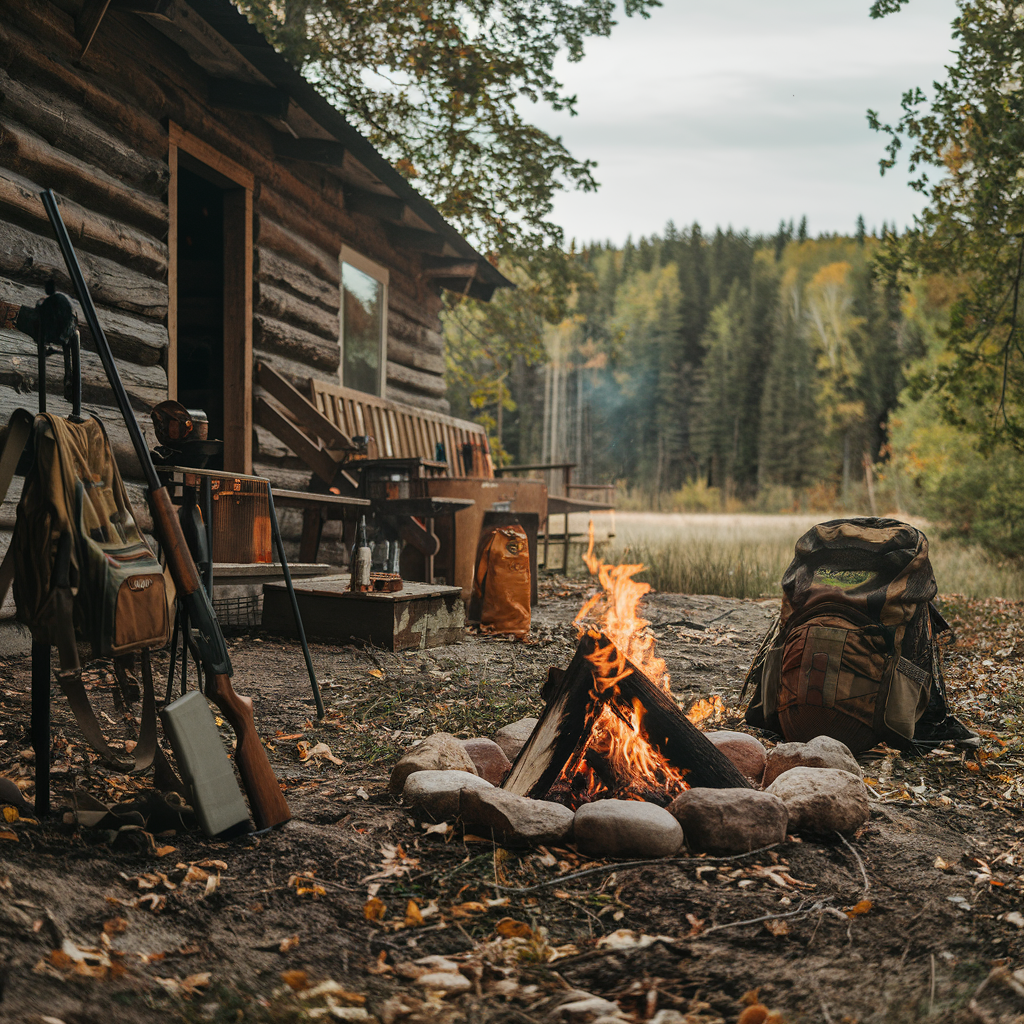Exploring the Best Turkey Hunting Techniques

Turkey hunting is an exciting and rewarding pursuit for outdoor enthusiasts. To increase your chances of success, it’s essential to understand the best techniques and strategies. Whether you’re a beginner or a seasoned hunter, refining your approach can lead to better results and more memorable hunts. Let’s dive into some of the most effective turkey hunting techniques that can help you make the most of your time in the wild.
Understanding Turkey Behavior
Before heading into the field, it’s crucial to understand the behavior of wild turkeys. These birds are skittish and have excellent vision and hearing, making them challenging to approach. They are most active during the early morning and late afternoon, which often provides the best opportunities for a hunt.
Their diet consists of seeds, insects, and small plants, and they prefer habitats that provide a mix of open fields and forested cover. Knowing where they eat, roost, and travel can help you plan your hunt more effectively.
Tips for Observing Turkey Activity
- Scout the area beforehand to locate roosting and feeding spots.
- Look for signs such as feathers, droppings, and scratch marks.
- Use trail cameras to monitor turkey movement patterns.
Choosing the Right Gear
Having the proper gear is essential for a successful turkey hunt. From firearms to camouflage clothing, your equipment can significantly impact your ability to remain undetected and land a clean shot.
Essential Hunting Gear:
- Firearm: A 12-gauge or 20-gauge shotgun is ideal for turkey hunting. Pair it with a choke designed for tight patterns at long distances.
- Ammo: Use #4, #5, or #6 shot for effective range and lethality.
- Camouflage: Invest in full camouflage, including gloves and a face mask, to blend into the environment.
- Calls: Box calls, slate calls, and diaphragm calls can mimic turkey sounds to lure them closer.
- Blind: Ground blinds provide excellent concealment and allow you to set up strategically.
Remember to test your equipment before the hunt to ensure everything works as expected. This will help you focus on your surroundings instead of troubleshooting gear in the field.
Mastering Turkey Calling
Calling is one of the most effective techniques to attract turkeys. Success depends on your ability to mimic their vocalizations accurately. Different calls serve different purposes, and knowing when and how to use them can make all the difference.
Types of Turkey Calls
- Yelp: A basic call used by turkeys to communicate with each other. It’s a great way to locate a nearby bird.
- Cluck: A short, soft sound used for casual communication. Perfect for calming a wary turkey.
- Purr: A soft, contented sound often made while feeding. Use it when a turkey is nearby but hesitant to approach.
- Gobble: The signature call of a male turkey. Use sparingly to avoid spooking birds or attracting other hunters.
Practice your calling regularly, either with a seasoned hunter or by listening to online recordings of turkey sounds. Consistent practice improves your skill and confidence in the field.
Setting Up for Success
Where you position yourself during a hunt is just as critical as how you call. Turkeys are highly alert creatures, so you must carefully choose the right spot that balances concealment and a clear line of sight.
Tips for Effective Setups
- Position yourself near known roosting or feeding areas.
- Set up on higher ground for a better view and shooting angle.
- Place decoys about 20-30 yards away to lure turkeys into shooting range.
- Ensure your blind or natural cover blends seamlessly with the surroundings.
In addition to your setup, being patient and still is essential. Movement or noise can scare off nearby turkeys, so settle into your spot quietly and wait for the right moment.
Reading the Weather
Weather conditions can directly impact turkey behavior, affecting their movement and responsiveness to calls. Adapting to these changes will increase your chances of success.
How Weather Affects Turkey Hunting
- Windy Days: Turkeys are less vocal and more cautious. Use decoys to help catch their attention.
- Rainy Days: Birds often move to open fields where visibility is better. Adjust your scouting and setup accordingly.
- Sunny Days: This is the best weather for hunting. Turkeys are active, vocal, and easier to locate.
By understanding how weather influences turkey activity, you can better plan your hunt and increase your odds of a successful outing.
Practicing Responsible Hunting
Ethical hunting is a cornerstone of the sport. Following proper guidelines and respecting wildlife ensures that you contribute to conservation efforts while enjoying your hobby responsibly.
Key Principles
- Follow local hunting regulations, including bag limits and season dates.
- Only take clean, ethical shots to avoid unnecessary suffering.
- Always respect private property and obtain permission if hunting on private land.
- Leave no trace by cleaning up after yourself and preserving the natural environment.
Turkey hunting is not just about the thrill of the chase; it’s also about appreciating and protecting the ecosystems that make it possible.
Final Thoughts
Exploring the best turkey hunting techniques not only helps improve your skills but also deepens your connection to the great outdoors. By understanding turkey behavior, using the right gear, mastering turkey calls, and planning your setup strategically, you can turn every hunt into a rewarding experience. Remember, success comes not only from skill but also from patience, respect for nature, and a commitment to safety and ethical practices. Ready to take your turkey hunting to the next level? Start preparing now, and enjoy the adventure that awaits!



